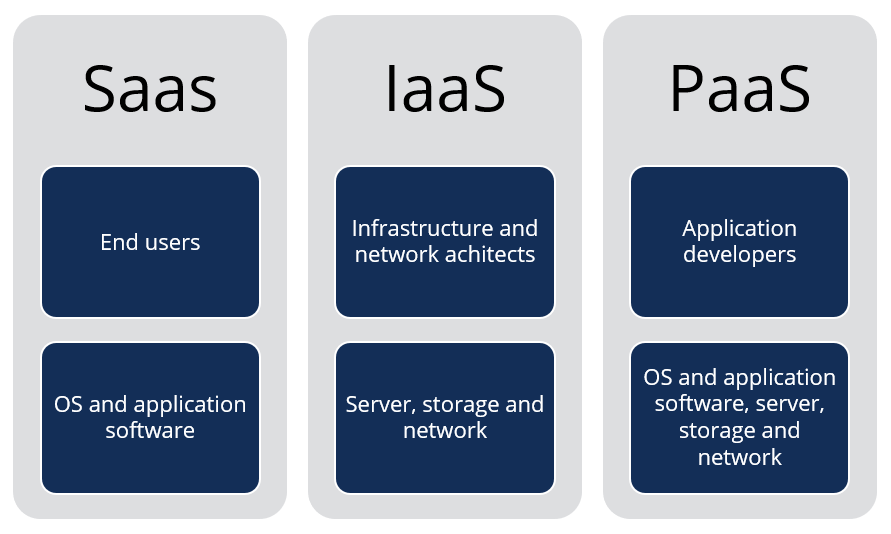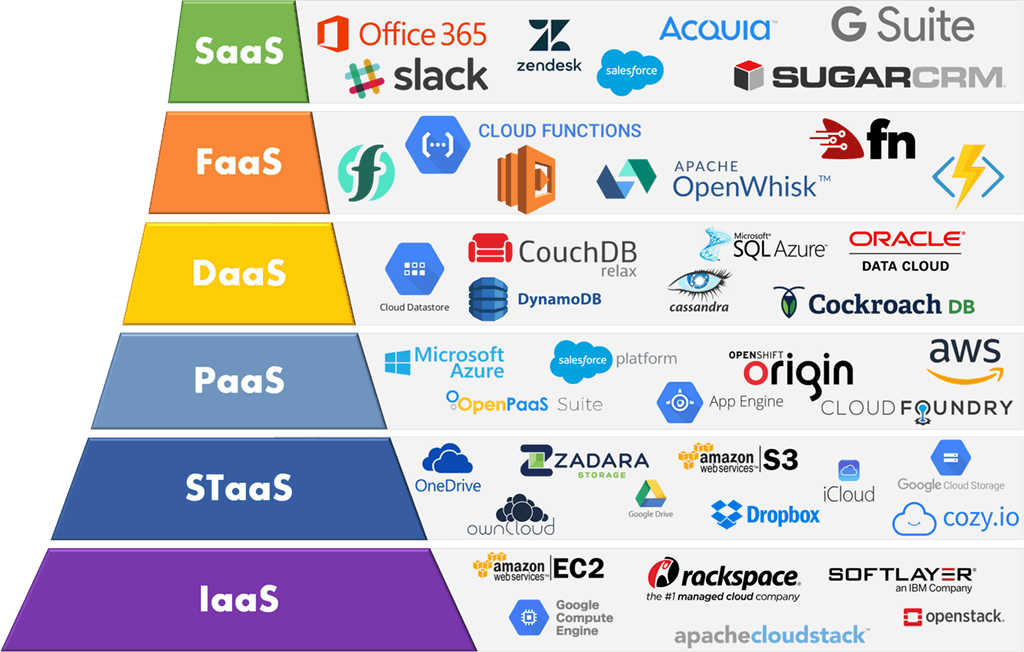Achieve Seamless Scalability With Cloud Services
In the ever-evolving landscape of cloud solutions, accomplishing smooth scalability stands as a cornerstone for modern services looking for to remain affordable and adaptable. The pursuit for smooth scalability with cloud services introduces a globe of opportunities for those ready to accept the transformative power of dynamic resource administration.
Benefits of Cloud Scalability
Cloud scalability offers organizations the adaptability to dynamically readjust resources based on need, making sure optimal performance and expense performance. In addition, cloud scalability advertises innovation and trial and error by permitting businesses to conveniently check brand-new ideas and range them as needed. Ultimately, the advantages of cloud scalability extend past expense savings to encompass better performance, agility, and development.
Secret Attributes for Scaling
Efficient scaling in cloud solutions relies on essential functions that make it possible for organizations to change resources dynamically based on demand. An additional essential function is scalability, allowing systems to take care of enhanced workload by including sources perfectly. Overall, these crucial functions collectively encourage organizations to attain seamless scalability in cloud solutions.
Applying Auto-Scaling Strategies
To effectively maximize source allowance and adapt to differing workloads, organizations have to tactically implement auto-scaling strategies in their cloud solutions infrastructure. Auto-scaling enables systems to automatically change the variety of calculate resources based on real-time need. There are different auto-scaling approaches that companies can utilize, such as anticipating scaling, which makes use of historical data to anticipate future resource demands, and responsive scaling, which replies to current work changes.

Best Practices for Scalability
For companies intending to improve their scalability in cloud solutions, carrying out best methods is vital for optimal efficiency and resource management. One trick finest practice is making applications with a microservices architecture. This method breaks down applications right into smaller sized, independent solutions that can be deployed, upgraded, and scaled separately, permitting greater adaptability and scalability.
An additional crucial practice is making use of containerization modern technology, such as Docker or Kubernetes. Containers allow the packaging of applications and their dependencies into separated units, making it simpler to scale parts separately and deploy them regularly across various settings.
Additionally, carrying out automated implementation and framework as code (IaC) can enhance scalability initiatives (linkdaddy cloud services). Automation devices like Terraform or Ansible aid in provisioning and managing sources efficiently, decreasing manual mistakes and allowing quick scalability
Moreover, checking performance metrics, establishing informs, and performing routine ability preparation are necessary methods to ensure positive scalability monitoring. By sticking to these finest methods, companies can attain smooth scalability in their cloud services while optimizing performance and resource usage.
Monitoring Performance Metrics
When assessing the performance of cloud solutions scalability, closely keeping track of performance metrics is essential for ensuring optimal capability and source appropriation. By constantly linkdaddy cloud services tracking crucial efficiency signs (KPIs) such as feedback times, resource, throughput, and latency application, organizations can get useful insights into the health and effectiveness of their cloud facilities. Checking performance metrics permits for the early detection of possible traffic jams or concerns that might affect scalability, making it possible for aggressive steps to be required to resolve them before they rise.

Verdict
To conclude, achieving seamless scalability with cloud solutions is necessary for organizations to optimize efficiency, boost innovation, and preserve high performance levels during peak times. By leveraging the benefits of cloud scalability, carrying out auto-scaling techniques, using vital features such as elasticity and automation, and complying with ideal methods like application layout and efficiency tracking, businesses can effectively scale their systems while making best use of source utilization and performance.
The quest for seamless scalability with cloud solutions unveils a globe of opportunities for those prepared to accept the transformative power of dynamic source monitoring.
Cloud scalability provides organizations the adaptability to dynamically readjust sources based on need, ensuring optimum efficiency and price performance. An additional vital attribute is scalability, allowing systems to take care of boosted work by adding resources seamlessly.For companies aiming to boost their scalability in cloud solutions, carrying out best practices is vital for optimum performance and source management.When assessing the efficiency of cloud solutions scalability, carefully keeping an eye on performance metrics is critical for guaranteeing ideal performance and resource allocation.